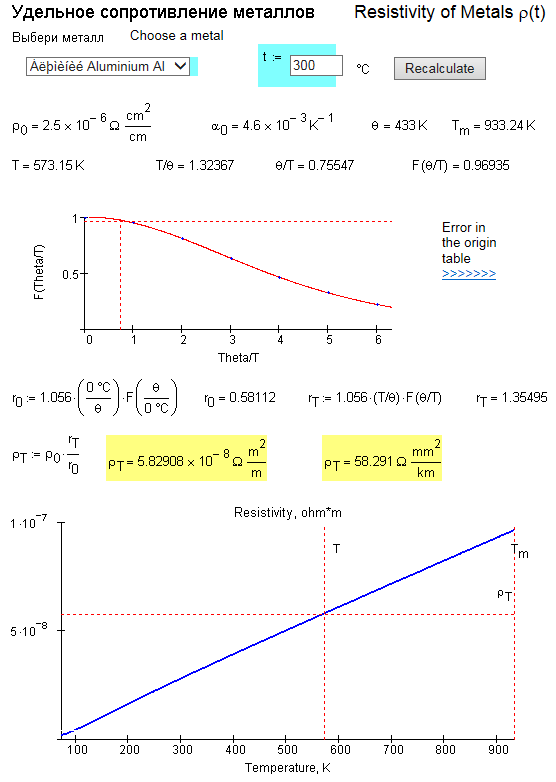The physical meaning of some units
- Mark as New
- Bookmark
- Subscribe
- Mute
- Subscribe to RSS Feed
- Permalink
- Notify Moderator
The physical meaning of some units
The physical meaning should be back in the unit of measurement of certain physical quantities.
The examples below. The most striking - a unit of dynamic viscosity. Do you know some others units?

- Mark as New
- Bookmark
- Subscribe
- Mute
- Subscribe to RSS Feed
- Permalink
- Notify Moderator
Hi Valery,
See attached some documents.
Kind regards.
Denis
http://www.fimop.be/images/File/formules_fr_deel1.pdf
http://www.nist.gov/pml/div684/fcdc/upload/si_brochure_8.pdf
- Mark as New
- Bookmark
- Subscribe
- Mute
- Subscribe to RSS Feed
- Permalink
- Notify Moderator
Thanks, Denis (Денис?)
I understand that dynamic viscosity has unit poise or kg/m/s.
But I do not understand Pa*s. I see in dynamic viscosity time but I do not see pressure!
I have wrote aboit it in the first chapter of the book Физико-математические этюды с Mathcad и Интернет - Let go to meanings in formulas and units!
- Mark as New
- Bookmark
- Subscribe
- Mute
- Subscribe to RSS Feed
- Permalink
- Notify Moderator
Hello Valery,
the definition for this comes from a simple experiment. when you have a (Newtonian) liquid between two parallel plates you can observe that some of the liquid is carried along when moving one plate. The relation of velocity and liquid "resistance" to that motion is expressed as the shearing angle. The resistance itself is measured in units of presssure (N/mm2). Although it is a force parallel to a given surface it has the same physical unit as a force perpendicular to it.
This is quite counter intuitive and I have a hard time explaining this to my collegues from the electrical department.
Raiko
P.S.
Another example might be: bending torque N*m and torsional torque, also in N*m.
- Mark as New
- Bookmark
- Subscribe
- Mute
- Subscribe to RSS Feed
- Permalink
- Notify Moderator
How about the unit of energy: Joule [J=N*m] and the unit of moment (of force) [N*m]?
Where the unit Newton itself is [kg*m/s^2], or maybe better [(kg*m/s)/s].
And to reverse you specific conductivity, specific resistivity is often given in units of [Ohm*mm^2/m].
Luc
- Mark as New
- Bookmark
- Subscribe
- Mute
- Subscribe to RSS Feed
- Permalink
- Notify Moderator
LucMeekes написал(а):
How about the unit of energy: Joule [J=N*m]

- Mark as New
- Bookmark
- Subscribe
- Mute
- Subscribe to RSS Feed
- Permalink
- Notify Moderator
LucMeekes написал(а):
And to reverse you specific conductivity, specific resistivity is often given in units of [Ohm*mm^2/m].
Luc
See one my Mathcad Web-sheet

- Mark as New
- Bookmark
- Subscribe
- Mute
- Subscribe to RSS Feed
- Permalink
- Notify Moderator
Hi Valery,
This book can be of interest to you.
But it is the translation into french of the Russian.
I guess you must know.
Kind regards.
Denis
- Mark as New
- Bookmark
- Subscribe
- Mute
- Subscribe to RSS Feed
- Permalink
- Notify Moderator
Denis Jaunin написал(а):
Hi Valery,
This book can be of interest to you.
But it is the translation into french of the Russian.
I guess you must know.
Kind regards.
Denis
Thanks,
See Идельчик-Справочник по гидравличесим сопротивлениям
in English too http://pbadupws.nrc.gov/docs/ML1220/ML12209A041.pdf
It will be good to move this reference book into
Interactive Equations - Knovel
but with modern units

- Mark as New
- Bookmark
- Subscribe
- Mute
- Subscribe to RSS Feed
- Permalink
- Notify Moderator
LucMeekes wrote:
How about the unit of energy: Joule [J=N*m] and the unit of moment (of force) [N*m]?
Where the unit Newton itself is [kg*m/s^2], or maybe better [(kg*m/s)/s].
And to reverse you specific conductivity, specific resistivity is often given in units of [Ohm*mm^2/m].
Luc
Many of the issues are down to the SI choice of bases and the fact that many readily quantifiable items are dimensionless under the SI.
For example, the unit of moment is indistinguishable from energy because there is no angle base quantity. The reasons for this are that angle is defined (in the SI and elsewhere) as the ratio of two lengths, and hence has dimension 1 (ie, is dimensionless). I've written about this before and I believe there are good reasons to treat angle as a base quantity. Similarly, there are many other objects that could be represented as base quantities, provided that they are defined as such in a System of Quantities (SOQ). In fact, currency (money) is a good example and is already built into Mathcad's SOQ; other examples, of more direct physical relevance, are particles or bits.
Stuart





